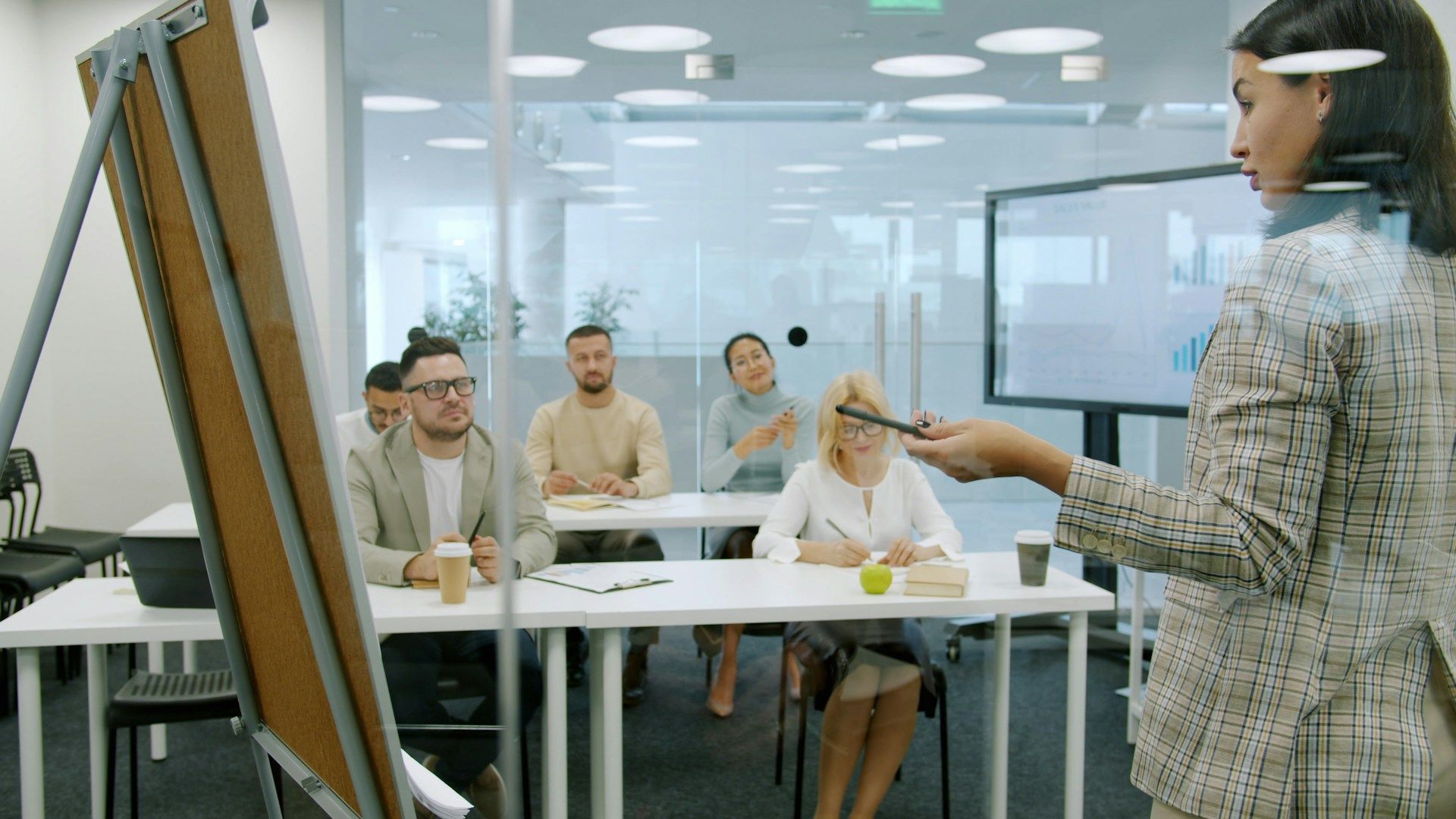Jim Collins: Great by Choice amidst the crises and chaos
How to be optimistic when extreme bad luck (inevitably) hits


Leadership
Strategy
Upcoming Learning
Who's Up Next?We're continually sourcing the world's greatest minds for your business success, so subscribe today for event updates, business ideas, leadership tips and tools for growth.
Related Articles


